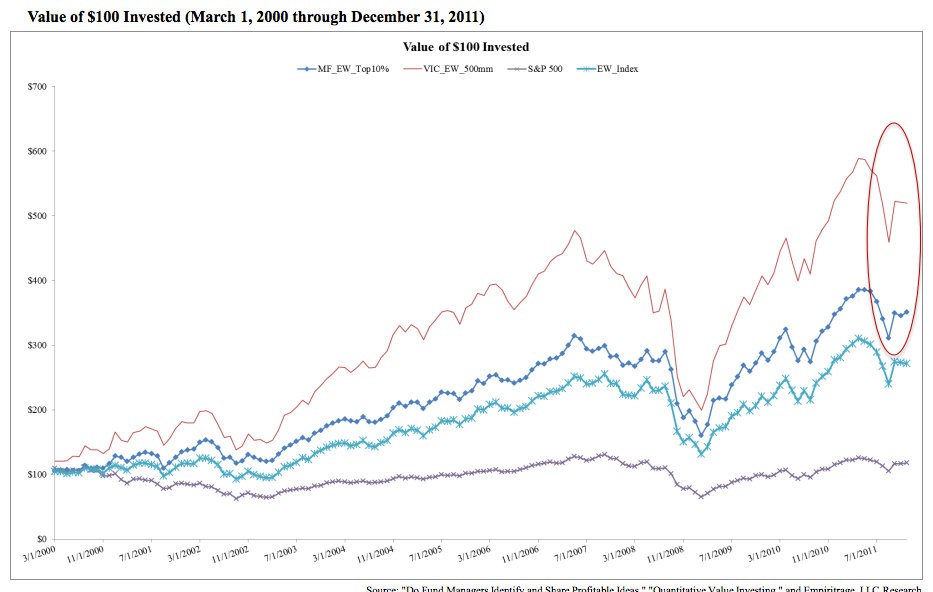Value Investors Club
Post on: 18 Апрель, 2015 No Comment

Description
XLP, the consumer staples iShare, was written up in 2006 by tbzeej825. What stuck in my mind the most about that writeup, and probably the reason I’m still holding those XLP shares, was the simple idea that the price of the index had stayed pretty much flat over the previous 6 years, yet the dividend had almost doubled. So, in the year 2000, the etf paid 27 cents, in 2006 it paid 50 cents, yet the share price stayed the same (payout ratio stayed about the same, too). XLP now looks like it’ll be paying 75 cents in 2010 which is almost triple the dividend from a decade ago, and the share price is still where it was at the beginning of the decade.
That being said, my XLP report is different than tbzeej825’s. (1) I’m going to talk craziness about gold & inflation, and not so much about interest rates (2) I’m going to argue that p/e contraction we’ve experienced this decade is less relevant now because the dividend is a bigger part of the return, and (3) I’m going to look at the returns of various sectors over five decades. Tbzeej825’s report is a great walk down memory lane and the areas covered by that writeup are important and still stand on their own (especially the observation about trough p/e ratios from 1994).
GOLD. So, despite my first paragraph, this idea is not really about chasing a 2 or 3% dividend (that’s been increasing by 10% per year). The idea is that XLP is fundamentally superior inflation protection at this point in time because gold has already run up quite a bit, and its run may be over. Gold is shiny, easy to transport and completely free from the pesky constraints of cash flow analysis. It is impossible to ignore nowadays. Since the beginning of time gold has been the ultimate true currency, so once again investors have chosen it as their weapon of choice to defend their purchasing power. For the last decade it has worked.

At the current rate of inflation, a loaf of bread will cost $2062 when you go to college, said my dad in the 1970’s. Anecdotes like those fed inflation fears. Across the board increases in daily necessities drove the rally in gold to the $850/ounce peak. When people got scared they bought gold and the price went up. Unfortunately, it didn’t stay up. So, the problem is, and always has been with these types of speculations, when do you sell?
XLP’s value proposition as an inflation hedge over gold is that it is fairly priced now and it could do extremely well when/if the tide changes for gold (and we get actual inflation). You get inflation protection that actually makes sense and you don’t have to worry about that tricky sell decision. Gold speculators are looking for a repeat of the 1970’s gold rush and ignoring the 1980’s. They forgot that most people got left holding the bag (of gold). If you own gold right now, you may have already seen the top. You won’t know until it has dropped to $500 per ounce. In the 70’s, when the fear finally subsided, gold didn’t survive the aftermath. Consumer staples’ prices stayed high. Beer moved up from 99 cents for a six pack to above $3/sixpack and has remained there ever since. There are no more coke machines selling soda for a dime. There are no more loaves of bread for a quarter. Nothing cushioned gold’s fall to $300. Look at the government CPI data. Despite Volker’s best efforts, prices on *stuff we use on a daily basis* stayed high but gold did not.














